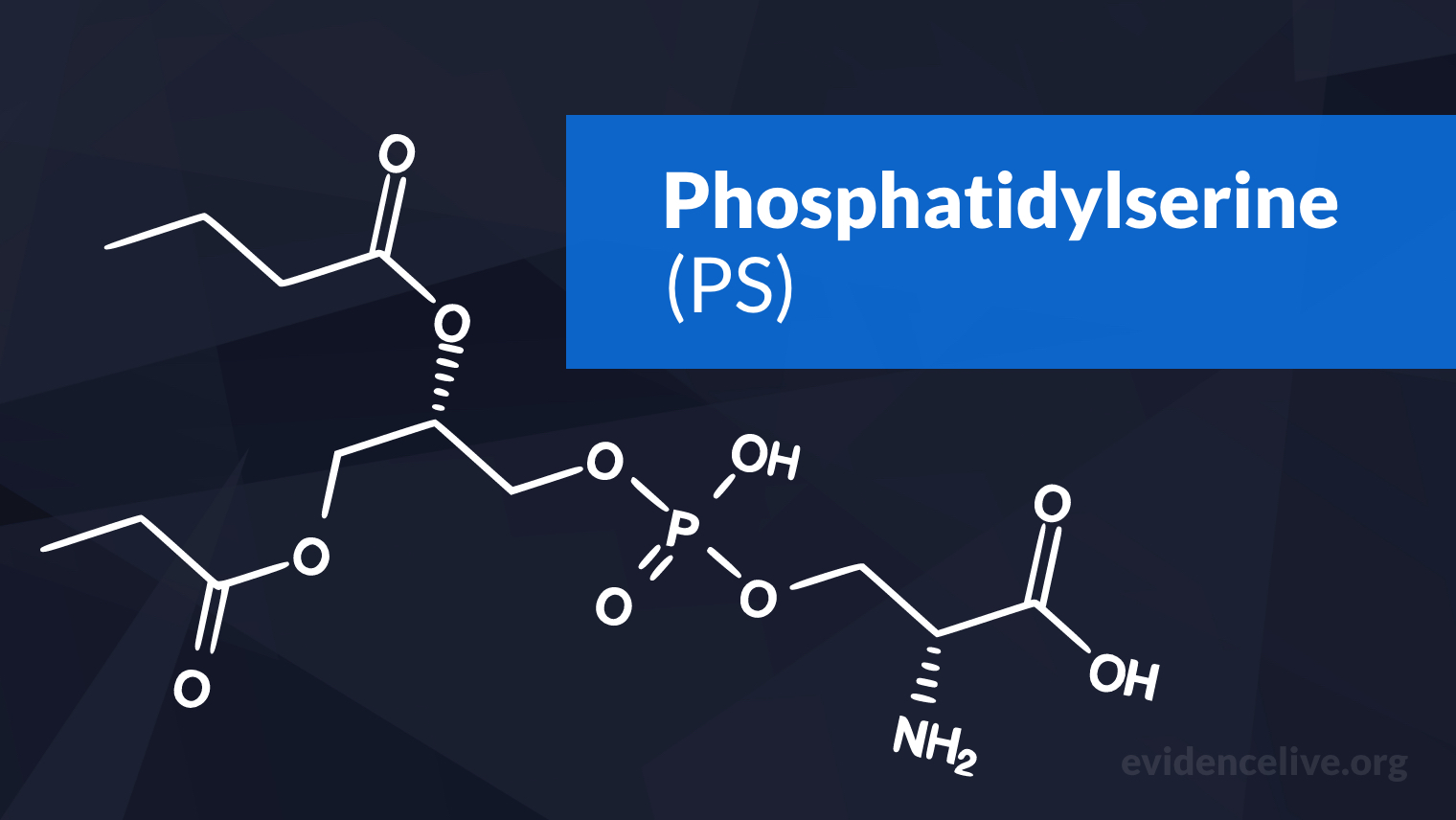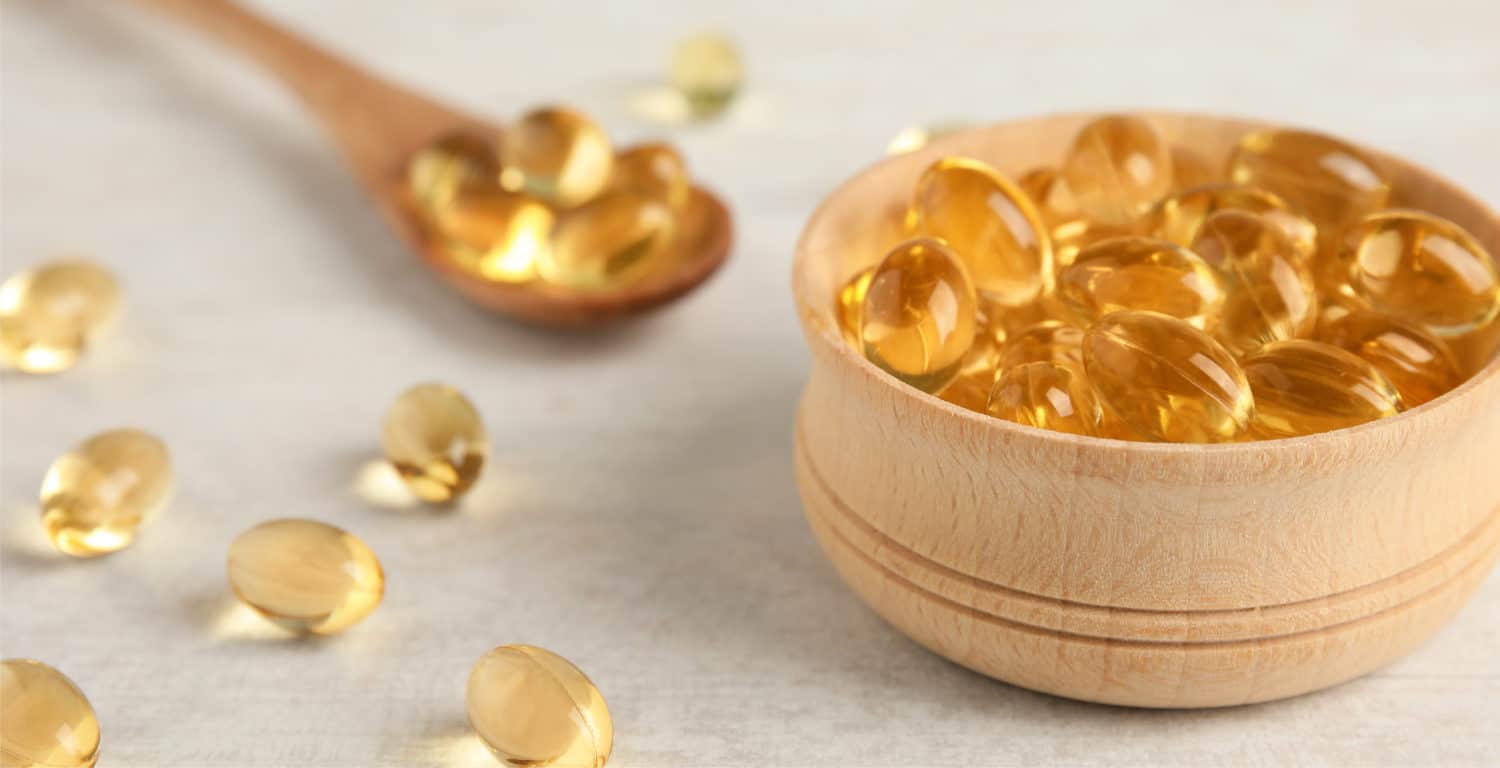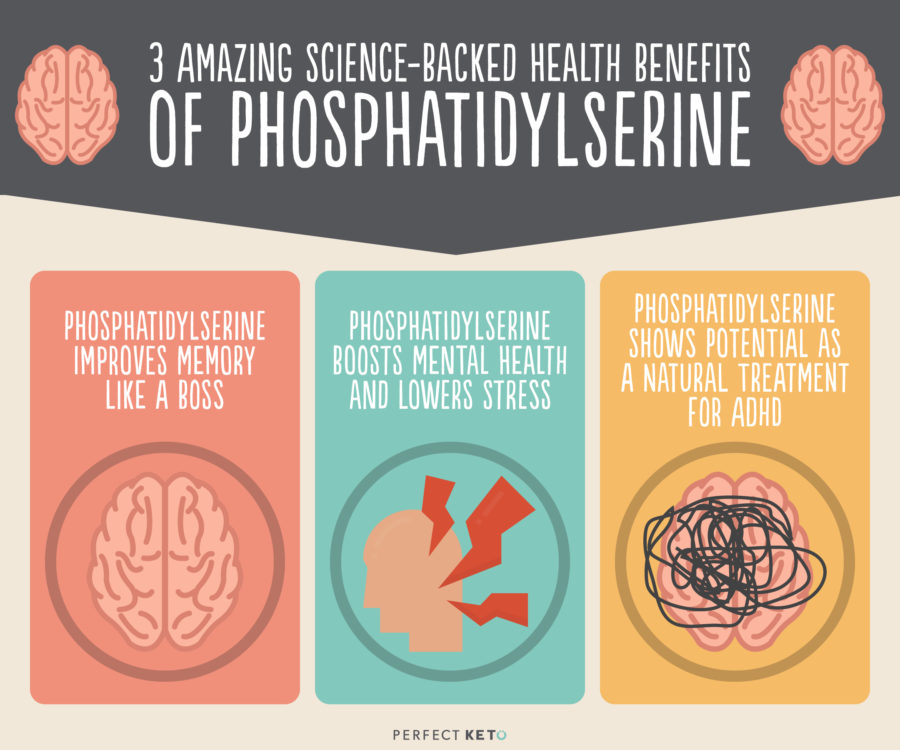How much phosphatidylserine should I take?

Amounts and Dosage The average American diet involves about 130 milligrams of phosphatidylserine per day, so supplementing your diet with an additional 200 milligrams should bring you up to the absorption threshold. Dosages of up to 200 milligrams three times daily are generally safe.
One may also ask who should not use ashwagandha?
Certain groups of people should avoid using ashwagandha, including those who are pregnant or breastfeeding and those who have medical conditions like diabetes, high or low blood pressure, stomach ulcers, autoimmune disease, or thyroid disorders. What are the dangers of taking ashwagandha? Large doses can cause upset stomach, diarrhea, and vomiting. Risks. Talk to a doctor before using ashwagandha if you have any health conditions, including cancer, diabetes, thyroid problems, bleeding disorders, ulcers, lupus, multiple sclerosis, or rheumatoid arthritis. Ashwagandha might interfere with thyroid tests.
Also, does ashwagandha has any side effects?
People can usually tolerate ashwagandha in small-to-medium doses. However, there have not been enough long-term studies to fully examine the possible side effects. Taking large amounts of ashwagandha can lead to digestive upset, diarrhea, nausea, and vomiting. This may be due to irritation of the intestinal mucosa. Can you take Relora and ashwagandha together? Therefore, by combining Relora® supplements with other stress support herbal remedies such as passionflower, ashwagandha, and more, you can create a comprehensive stress defense supplement regimen as an effective natural approach for managing the detrimental effects of everyday stressors*.
What is the supplement berberine used for?
Taking berberine supplements regularly appears to lower total cholesterol, “bad” cholesterol, and triglycerides in people with high cholesterol. It works differently from today's standard cholesterol medications, so it may help treat people who are resistant to other cholesterol-lowering drugs. Regarding this, is magnolia toxic to horses? From available data, magnolia trees are not toxic to horses. Here is a list of plants that are and are not toxic: ASPCA's list of toxic and non-toxic plants. However, it is important to note that anything eaten in large enough quantities not normally in a horse's diet could cause gastrointestinal distress or colic.
Subsequently, when do teddy bear magnolias?
spring Gloriously large white flowers appear during the warmer months from late spring through to autumn. Makes a great feature tree in any size garden. Also good in streetscapes and parks. Due to its tight form, 'Teddy Bear' can make a fragrant hedge or screen.






Similar articles
- Can you have too much phosphatidylserine?
- How much phosphatidylserine is in sunflower lecithin?
- How long does it take for phosphatidylserine to lower cortisol?
600 mg and 300m S-PS significantly decreased creatine kinase levels 24 hours after a 90-min run [14]. However, none of the studies demonstrated an effect on cortisol, which established the 800 mg SPS daily effective dose for short-term use (10-15 days).
- Can I take phosphatidylserine every day?
The average American diet contains about 130 mgs of phosphatidylserine daily. Supplementing your diet with 200 mgs should help you reach the absorption threshold. You can take up to 200 mgs three times per day. Rab.
- What is the best time of day to take phosphatidylserine?
- Can phosphatidylserine make you smarter?
- Do eggs have phosphatidylserine?
 Drugs Forum
Drugs Forum
